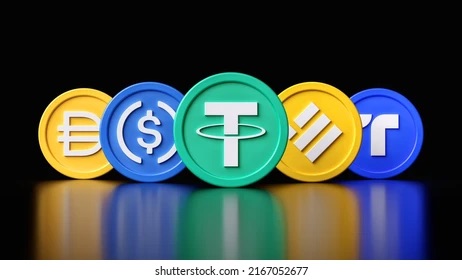
In the rapidly evolving world of cryptocurrencies, the debate around the true purpose and design of stablecoins continues to intensify. Nick van Eck, CEO of the stablecoin issuer Agora, has voiced a compelling critique against yield-bearing stablecoins, arguing that they deviate from the foundational goals of stability and utility in financial transactions.
Core Mission of Stablecoins
According to van Eck, stablecoins should prioritize utility, liquidity, and broad accessibility for individuals and businesses, rather than offering yields. In a detailed exposition on Medium dated May 27, van Eck, whose father Jan van Eck is a renowned figure in investment management, emphasized that the addition of yield-bearing features could complicate the regulatory status of these instruments, potentially classifying them as securities which could limit their utility and market reach.
Van Eck pointed out that yield-bearing stablecoins, such as Dai (DAI), Ethena’s USDe, and Mountain Protocol’s USDM, are likely to encounter regulatory hurdles that restrict their adoption across various markets. This limitation not only reduces the user base but also impacts the liquidity and potential utility of the stablecoin. He highlighted the risk-return imbalance these products introduce, making them less attractive to regulated financial entities outside the United States.
Conflict of Interest Concerns
The Agora CEO also criticized certain stablecoin issuers for their close associations with major cryptocurrency trading platforms, such as Circle’s collaboration with Coinbase and the now-phasing-out BUSD by Binance. He described these partnerships as fraught with conflicts of interest that could undermine the trust and neutrality essential to the stablecoin’s broader acceptance.
Looking ahead, van Eck shared that Agora is set to launch its digital dollar, Agora digital dollar (AUSD), on the Ethereum blockchain in June. Unlike its competitors, Agora aims to foster collaborations across a wide spectrum of exchanges, fintech firms, and trading entities without favoritism. The approach is designed to maximize inclusivity and utility, aligning with what van Eck terms as ‘stablecoin 3.0’—an era focusing purely on utility and transactional efficiency.
Market Position and Future Outlook
Despite entering a competitive market dominated by heavyweights like USDT and USDC, van Eck is optimistic about Agora’s potential. He projects the stablecoin industry’s growth to reach $3 trillion by 2030, driven by innovative approaches that diverge from the models set by Tether and Circle. Agora recently secured a $12 million funding round, underscoring investor confidence in its vision. Furthermore, AUSD will be backed by robust and transparent reserves, including cash, U.S. Treasury bills, and repo agreements, managed by the $90-billion asset firm VanEck.
As the stablecoin sector continues to mature, the dialogue initiated by figures like Nick van Eck is crucial for shaping its evolution. By challenging the status quo and proposing a return to the basic principles of liquidity and utility, Agora is positioning itself as a pivotal player in the next generation of financial technologies. This strategic pivot could not only redefine stablecoin utility but also influence the regulatory landscape and adoption trajectory of digital currencies worldwide.
Featured image credit: CoinWire Japan via Unsplash
